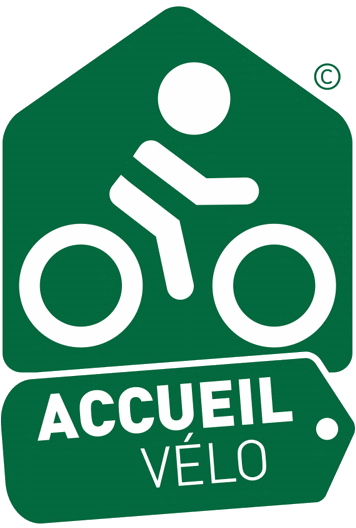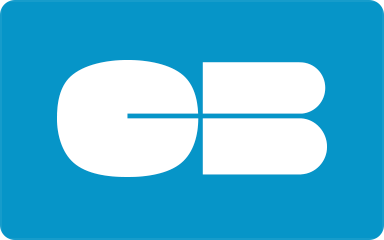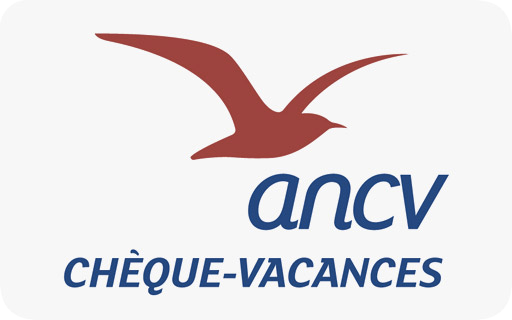When it was built, the Château du Barroux was a powerful keep, surrounded by thick walls, which protected the Comtadine plain (forming the Comtat Venaissin) from Saracen and Italian invasions.
From the 12th to the 15th century, it belonged successively to the des Baux, de Budos, de Ricavi, de Peyre, de Cardaillac, de Rovigliasc, de Pelletier de Gigondas and de Noret families.
In 1274, when the Pope took possession of the Comtat Venaissin, Le Barroux became a fief dependent on the Apostolic Chamber of Carpentras, until 1791, when the Comtat became part of France. As a result, the holder of the fiefdom of Le Barroux was one of the vassals and feudatories of Our Holy Father the Pope.
From
In 1538, in settlement of a debt, it became the property of Henri de Rovigliasc, Count of Veynes. During the Renaissance, he transformed the uninhabitable military fortress into a superb residence.
Bordering the courtyard, more recent fortifications complete the castle's defense system. They were built around 1680 - 1690 under the impetus of Vauban (Sébastien Le Prestre de Vauban, a brilliant military leader, was Marshal of France under King Louis XIV and surrounded the Kingdom with fortified places, particularly along the Scheldt, Meuse and Rhine rivers).
Then, the château's history took on darker hues... Abandoned in 1793 by the revolutionary hordes, sold in the 19th century, it fell into complete ruin, and was used as a stone quarry for almost 150 years...
Mr. Vayson de Pradenne, an industrialist, fell in love with the site. Having acquired the site, he undertook a major rebuilding project, using his own funds, between 1929 and 1939. Dozens of masons and stonemasons worked on the site, cutting rubble and rebuilding walls. Sadly, Monsieur Vayson died accidentally in 1939.
With the outbreak of war, work came to a screeching halt. During the war, it was partly used as an observation post by German occupation troops.
In 1944, during an ambush, Resistance fighters shot dead a German soldier. In retaliation for this army of shadows, the occupying troops rounded up the inhabitants of Le Barroux and tried to execute civilian hostages. Fortunately, the leader of the German detachment did not commit this act of vengeance, but on leaving, the platoon set fire to the château. It burned for 10 days. It was August 24, 1944, the eve of the liberation of Paris...
The damage was considerable, and a new restoration was undertaken in 1960 by Dr Mouliérac-Lamoureux, a military doctor, again with private funding. Several films were shot there in 1977 - 1978 (L'épée d'Ardouaan), and in 1980 (Les contes du chat perché).
From 1993 to December 2020, the Association des Amis du Château du Barroux continued this work, with the support of the Vayson de Pradenne family, to whom the château still belongs.
January 2021 saw the start of a new adventure in the history of Château du Barroux, with Jean-Baptiste & Fanny Vayson de Pradenne taking over the château and setting up the 1st distillery to produce Provençal organic whisky from Haute Provence small spelt. They have carried out major work to bring the château up to standard, improving the visitor experience and expanding the range of products on offer. You can now visit the château as a "self-guided tour" with a paper tour guide (a treasure hunt is also available for children), or make an appointment for a guided tour of the whisky distillery.
Wedding reception.
Discover also our different tasting workshops around daring pairings such as the "Whiskys-cheeses" workshop, the "Whiskys-country tartines" workshop, the "Whiskys around the world" workshop or the "Whiskys around France" workshop, information and booking on our website: www.chateaudubarroux.fr
Various temporary artist exhibitions will punctuate your visit this season: Sandrot, monumental animal painter.
Read more
















 Label Accueil Vélo
Label Accueil Vélo Bank/credit card
Bank/credit card Travellers Cheque
Travellers Cheque